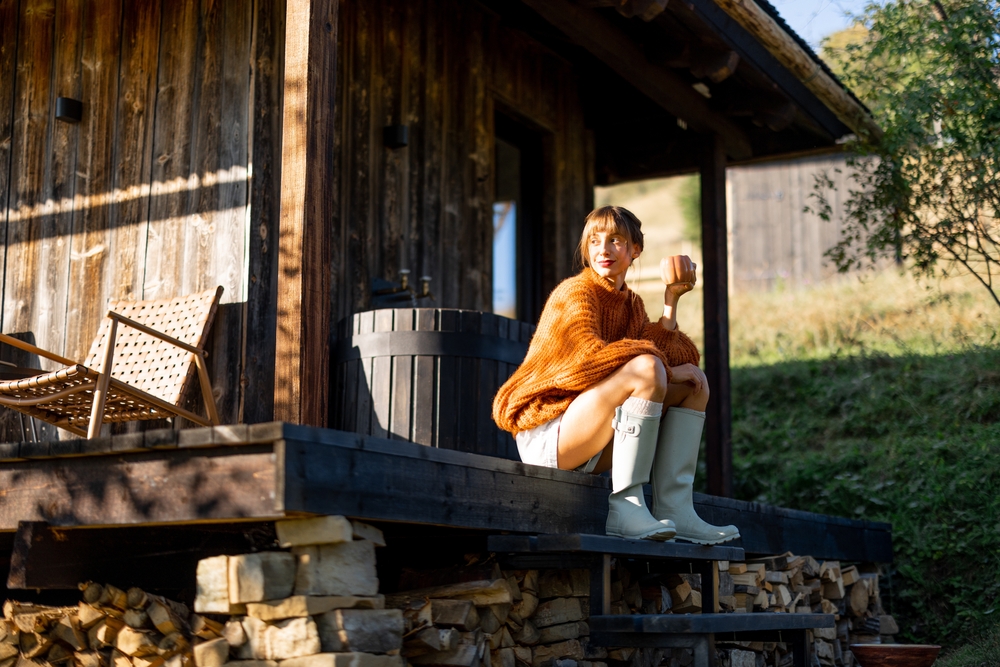The suburbs once promised space, safety, and a quiet escape from the hustle of city life. For decades, this dream held strong. But now, a growing number of people are walking away from suburban neighborhoods. Rising costs, long commutes, and a shift in values are pushing people to seek a different kind of life. What’s surprising is where they’re choosing to go. It is not always the city or the countryside. In many cases, people are heading to places that offer more freedom, community, and flexibility. Here is a look at where people are moving and why suburbia no longer feels like the dream it once was.
Why People Are Leaving the Suburbs
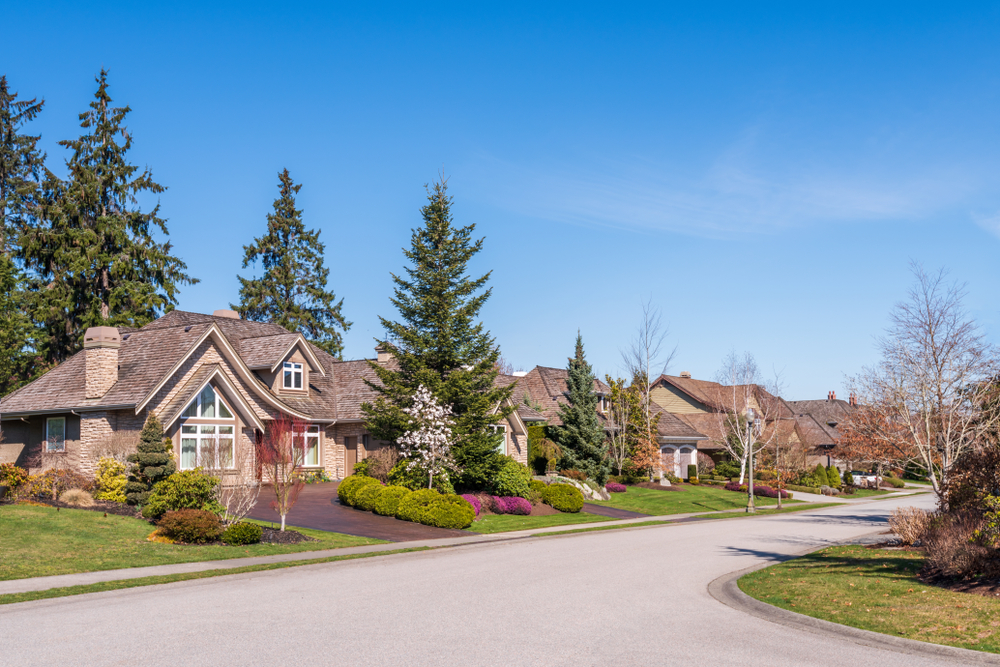
Suburbia used to offer a balanced life, but for many, that balance has tipped. The cost of maintaining a suburban home has risen sharply. Property taxes are higher, utility bills are steeper, and maintenance costs are unrelenting. Homeowners are realizing that what once felt affordable now feels like a burden. Many suburban areas also lack walkability, cultural variety, or public spaces. Residents must drive everywhere, which adds time and stress to daily life.
For families, schools were once a major draw to the suburbs. Now, with many working parents needing flexible schedules or homeschooling options, the need for traditional school zones has shifted. Others are frustrated by homeowner association rules that limit how they use their own space. All of these factors are combining into a quiet, but noticeable, shift away from the suburbs.
Moving Back to Cities, But With a Twist
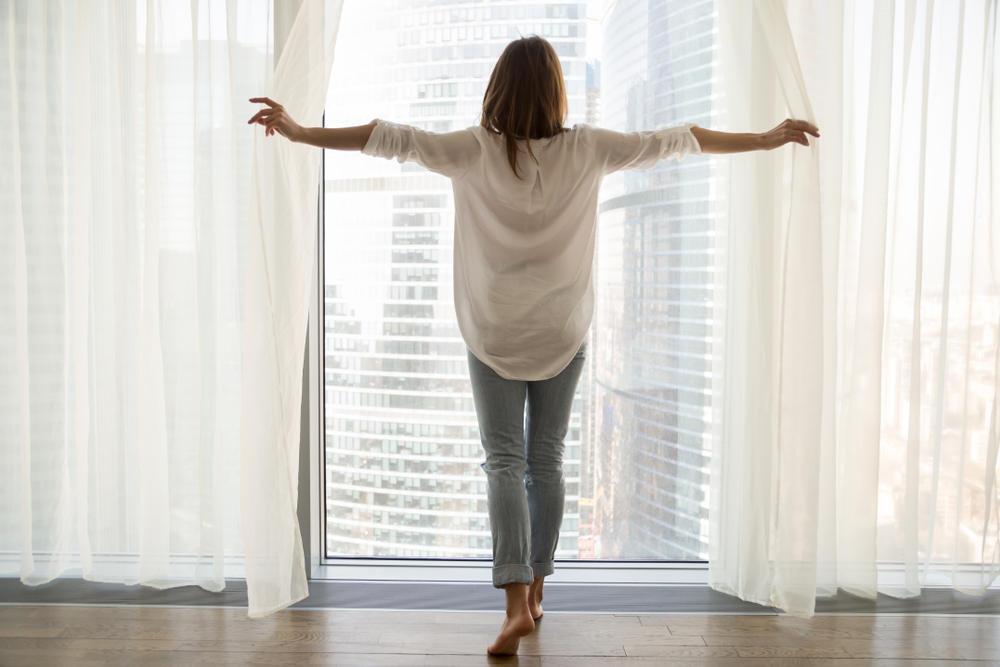
Some former suburbanites are moving back to cities, but they are choosing smaller or second-tier cities. Places like Asheville, Boise, and Chattanooga are growing fast. These cities offer a mix of urban amenities and natural beauty, without the overwhelming sprawl of major metros. People want shorter commutes, walkable neighborhoods, and cultural life at their fingertips.
Unlike large cities that are overcrowded and overpriced, these mid-sized cities feel more livable. They offer local art scenes, independent shops, and community events that make people feel connected. The trend is not about rushing back to skyscrapers and traffic but about finding a livable city with character.
The Rise of the 15-Minute City
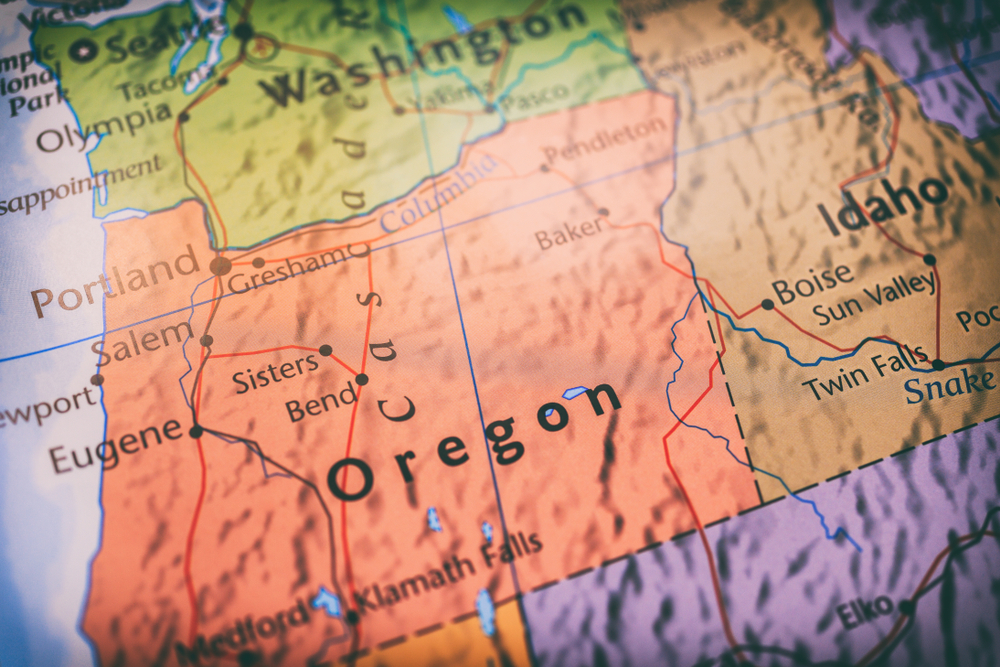
Many people are seeking what urban planners call the 15-minute city. This concept refers to places where everything you need is within a 15-minute walk or bike ride. It includes grocery stores, cafes, clinics, parks, and public transit. People are drawn to these areas because they simplify daily life. You do not need to own a car, which saves money and cuts stress.
Neighborhoods in cities like Portland, Minneapolis, and Boulder have embraced this model. Residents enjoy freedom, access, and a deeper sense of place. These areas offer a mix of housing options and attract people of all ages. The 15-minute city is not just a buzzword, it is becoming a real alternative to traditional suburban life.
Tiny Towns With Big Appeal
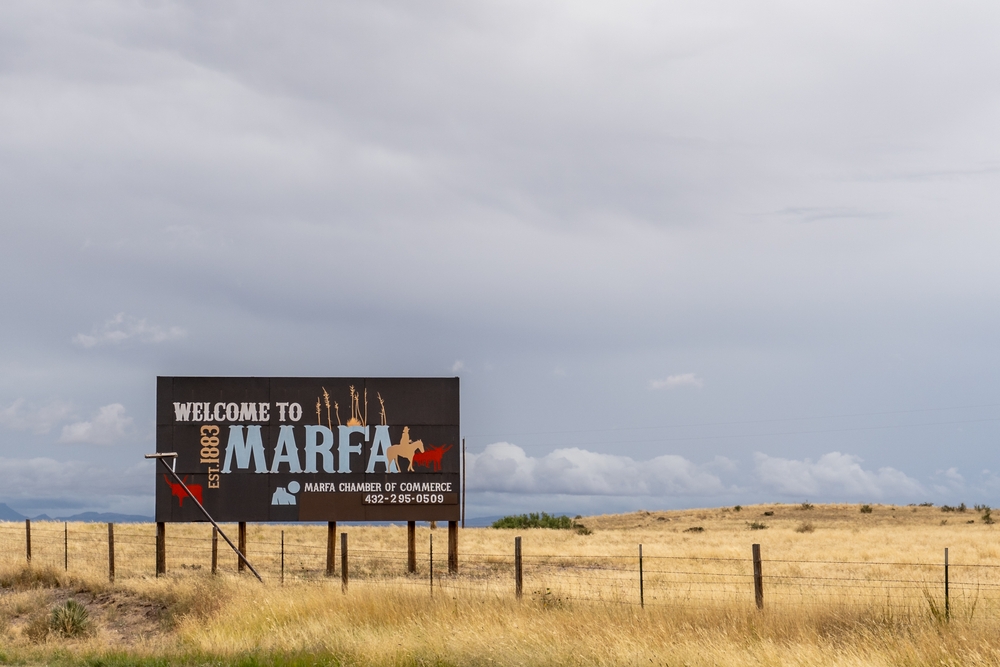
A surprising number of people are also moving to small towns. But they are not picking just any rural area. They are choosing places with character, charm, and modern infrastructure. Small towns with strong internet, good healthcare, and vibrant main streets are seeing growth. Examples include places like Marfa in Texas, or Hood River in Oregon.
These towns offer a slower pace without total isolation. Remote workers, retirees, and young families alike are drawn to the community feel and access to nature. In many cases, people can buy or rent homes at far lower costs than in suburbs or cities. These towns offer freedom, flexibility, and the ability to design a lifestyle that fits personal values.
Read More: 30 Quirks That Make Americans Stand Out Around the World
Off-Grid and Eco Communities
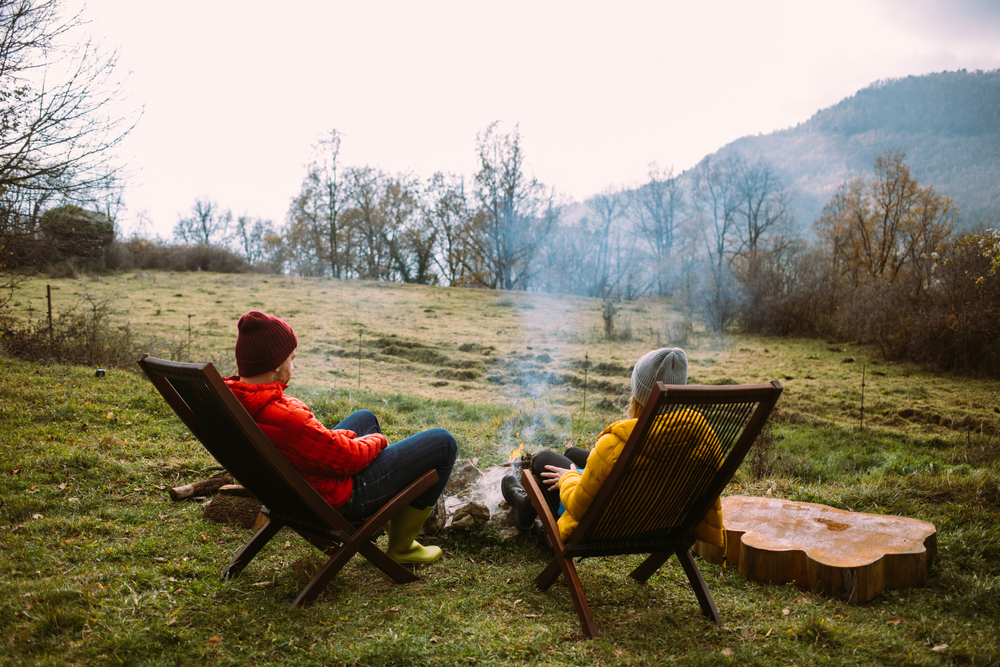
Some people are taking the exit from suburbia even further by moving into off-grid or eco-friendly communities. These residents are choosing to live closer to nature and further from consumer-driven life. These communities often focus on sustainability, shared resources, and self-sufficiency.
Areas like Taos, New Mexico or parts of Northern California have become havens for those wanting to grow their own food, generate their own power, and escape suburban monotony. For these individuals, the appeal is not just cheaper living but a complete change in how they live. They want to cut ties with corporate utilities, mass consumption, and rigid routines.
Vanlife and Mobile Living
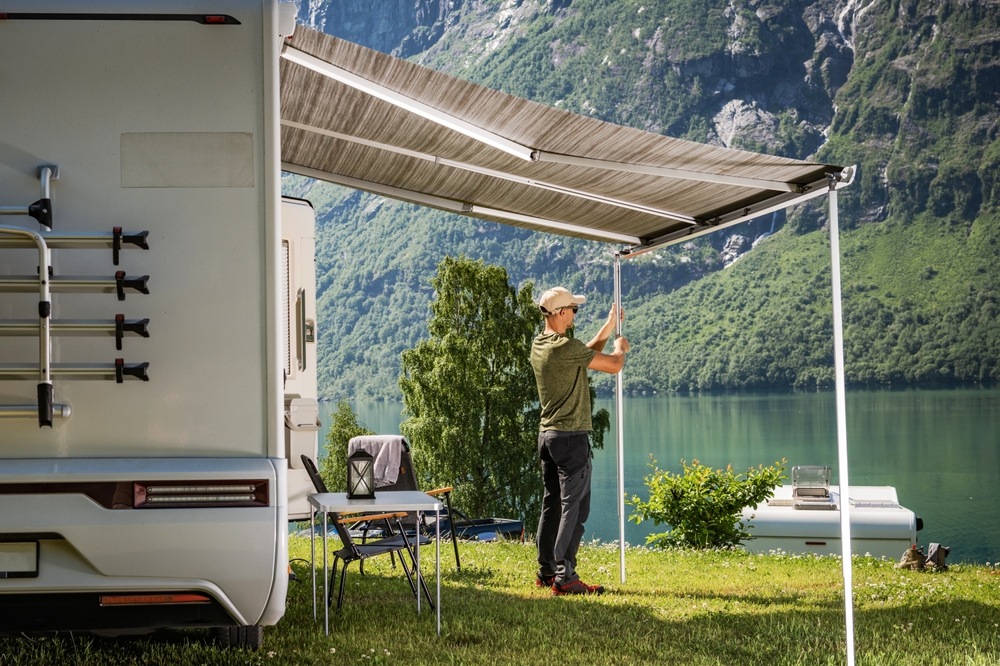
Not everyone is settling down again after leaving suburbia. Some are embracing full-time travel. The vanlife trend continues to grow, especially among younger adults and remote workers. Living in a camper van or converted bus gives people total freedom. They can explore national parks, visit small towns, or stay in new cities month by month.
Mobile living is also more affordable for many. Instead of a mortgage and property taxes, vanlifers spend money on gas, campsites, and simple upgrades. The lifestyle may not suit everyone, but it reflects a desire to break away from traditional housing and fixed routines. It also taps into a wider trend of minimalism and adventure.
Intentional Communities and Co-Living Spaces
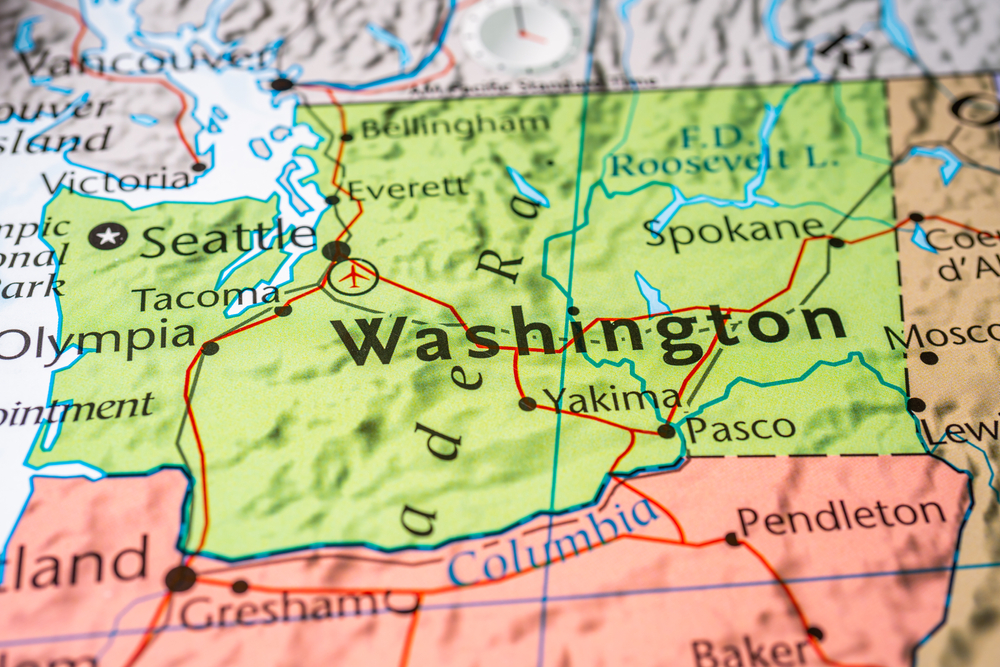
Another rising trend is the shift toward intentional communities and co-living spaces. These are neighborhoods or buildings where people share responsibilities, events, or resources. The goal is to reduce loneliness and foster connection. Residents might share a kitchen, garden, or workspace, while still having private rooms or units.
Cities like Austin, Seattle, and Philadelphia have seen a rise in these developments. Younger generations in particular are interested in shared living that reduces costs and increases social interaction. In many ways, this is the opposite of suburban isolation. It offers a sense of belonging that many people now value more than a private yard.
International Moves Are Increasing Too

Some people are skipping a move within the country altogether. They are relocating abroad in search of a simpler or more affordable lifestyle. Countries like Portugal, Mexico, and Costa Rica are becoming popular destinations for those leaving suburbia. These countries offer slower living, lower costs, and strong expat communities.
People who work remotely or live on passive income find these locations appealing. They can enjoy better weather, new culture, and often, less regulation. International moves may seem extreme, but the number of Americans choosing to live abroad has been growing steadily. For many, the price of suburban life is no longer worth paying when the world offers more affordable options.
Housing Preferences Have Shifted
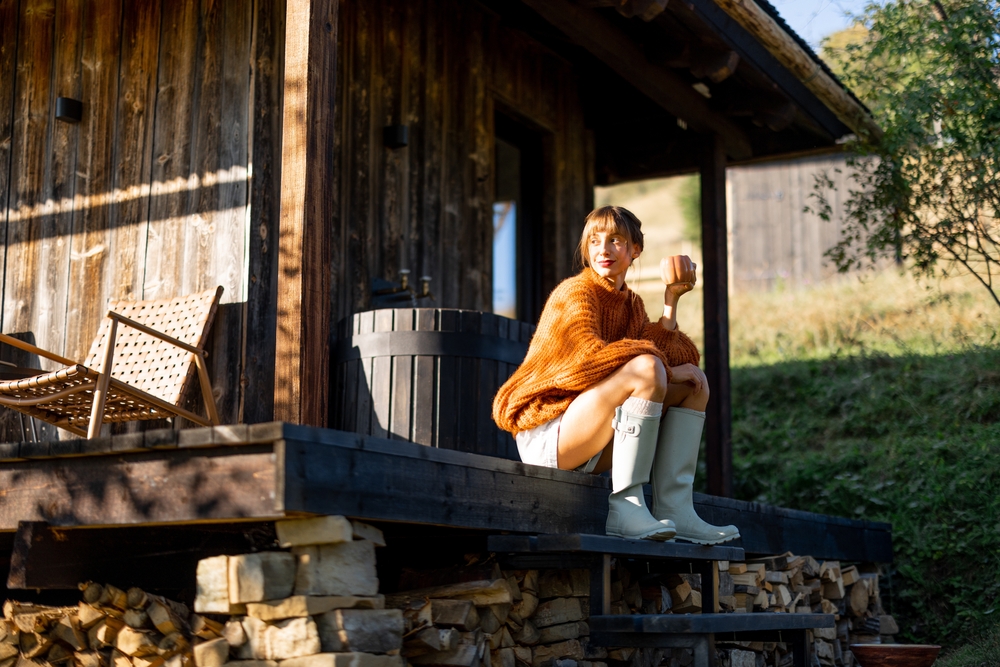
The housing preferences of many people have changed. Instead of seeking space for hosting or status, people now want homes that support their real lives. That might mean a studio apartment in a walkable area or a cabin on a quiet plot of land. Large homes with guest rooms and formal dining spaces feel outdated for people who rarely use them.
People want homes that are efficient, affordable, and adaptable. The focus is on natural light, storage, and layout rather than square footage. Flexibility matters more than grandeur. As work and life continue to blend, more people want homes that support creativity, rest, and freedom from debt.
A Cultural Shift in Values

Underlying this move is a bigger shift in what people value. Suburbia used to represent success, but now, it often represents limitation. People want to feel free, not boxed in. They want to live near art, nature, or people who share their values. Many are rejecting consumerism in favor of simplicity. They want to live on less, connect more, and spend their time differently.
There is a growing belief that you do not need to follow the same path as everyone else to build a good life. That belief is reshaping how people choose where to live. Suburbia is no longer the default. It is just one of many options, and for many, it is no longer the best one.
Conclusion
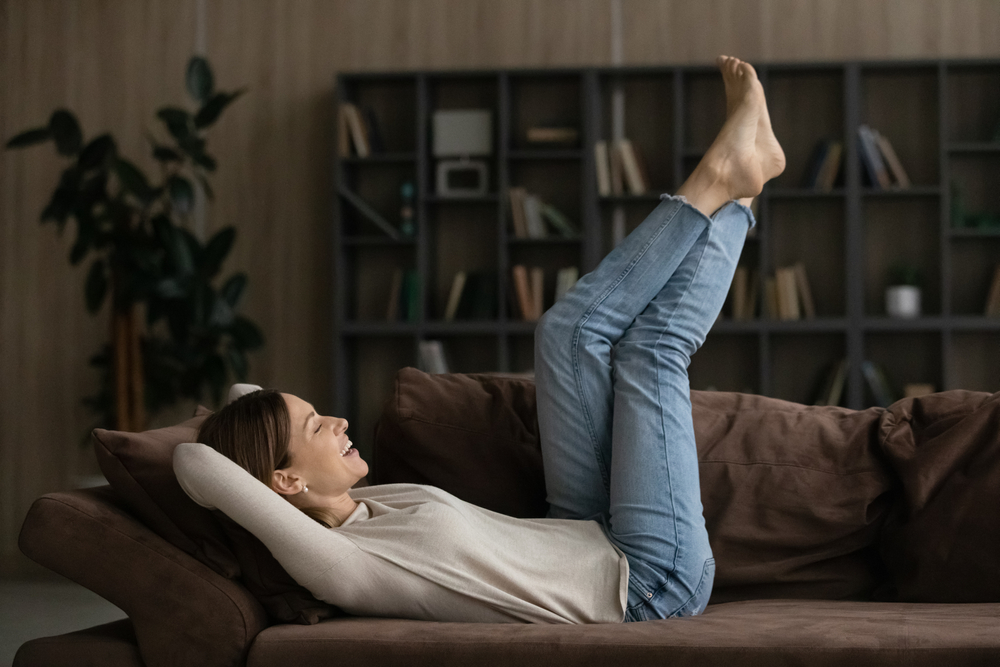
People are quietly quitting suburbia for many reasons. Rising costs, rigid structures, and shifting priorities are pushing people to explore new ways of living. From small cities and remote towns to mobile homes and international moves, the trend is clear. Suburbia is no longer the one-size-fits-all answer it once was. People are choosing places that offer more freedom, meaning, and control over their lives. As housing, work, and community evolve, the places we live will keep changing too. And for now, suburbia is losing its grip.
Read More: 10 Things Most Americans Don’t Know About the U.S.
Disclaimers: This article was created with AI assistance and edited by a human for accuracy and clarity.
